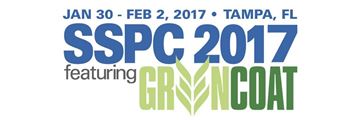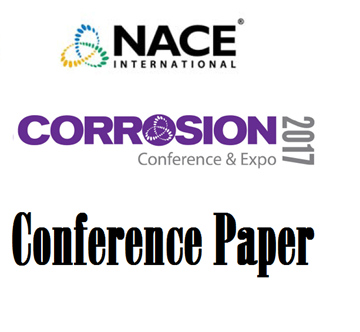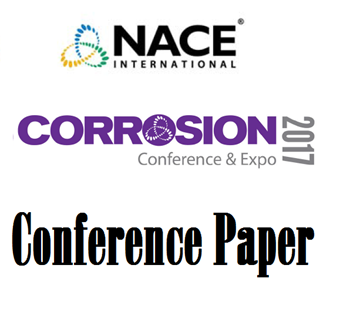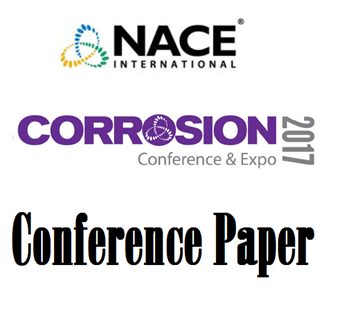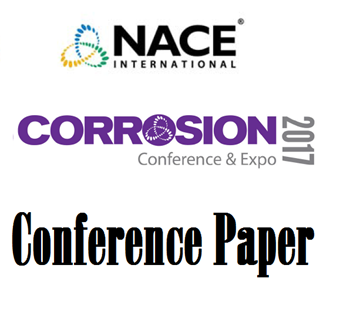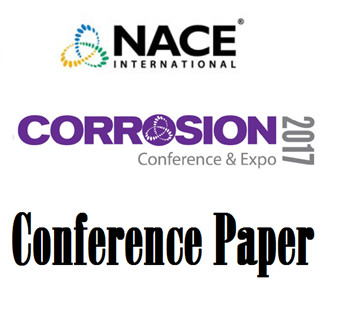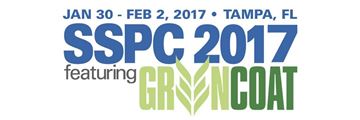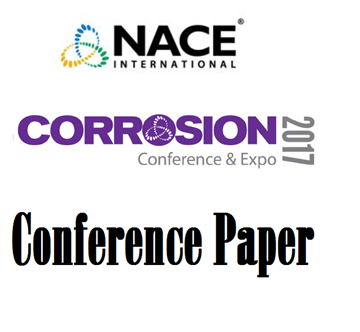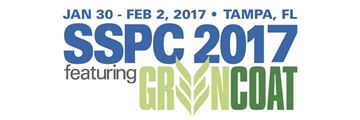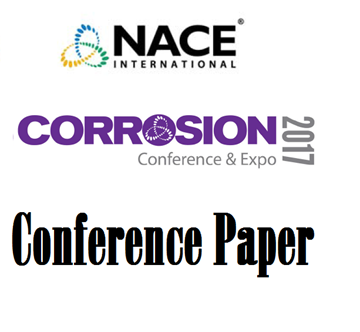Search
Products tagged with '2017 Conference Papers'
View as
Sort by
Display
per page
Liquid Applied Insulation Coatings: From the Lab to the Field
Product Number:
51217-029-SG
Publication Date:
2017
$20.00
Localized Corrosion Behavior of Ferritic and Austenitic Passive Materials
Product Number:
51317--9042-SG
ISBN:
9042 2017 CP
Publication Date:
2017
$20.00
Localized Corrosion Managing Clamp in a Crevice Between Clamp and CRAs Pipe/Tube Line
Product Number:
51317--9281-SG
ISBN:
9281 2017 CP
Publication Date:
2017
$20.00
Localized Corrosion of Aluminum Alloy 5052 for Desalination Service
Product Number:
51317--9151-SG
ISBN:
9151 2017 CP
Publication Date:
2017
$20.00
Localized Corrosion on Coating Damaged Surface of Automotive Suspension Coil Springs
Product Number:
51317--9152-SG
ISBN:
9152 2017 CP
Publication Date:
2017
$20.00
Long Term Structural Integrity Considerations for Abandoned Pipelines
Product Number:
51317--9456-SG
ISBN:
9456 2017 CP
Publication Date:
2017
$20.00
Long-Term Performance of HLP Solution for Mildly Sour HIC Testing
Product Number:
51317--9129-SG
ISBN:
9129 2017 CP
Publication Date:
2017
$20.00
Low VOC Autocatalytic Anti-Corrosion Primers
Product Number:
51217-046-SG
Publication Date:
2017
$20.00
Low-Cycle Mechanical Fatigue Endurance of Various Joint Configurations
Product Number:
51317--9181-SG
ISBN:
9181 2017 CP
Publication Date:
2017
$20.00
Maintaining Aged Infrastructure with Difficult-to-Coat Features
Product Number:
51217-073-SG
Publication Date:
2017
$20.00
Material-Biodiesel Compatibility – Survey of Industry Experience
Product Number:
51317--9434-SG
ISBN:
9434 2017 CP
Publication Date:
2017
$20.00
Materials and Corrosion Risk Mitigation Associated with Flowback of Acid Stimulation Fluids
Product Number:
51317--8917-SG
ISBN:
8917 2017 CP
Publication Date:
2017
$20.00

